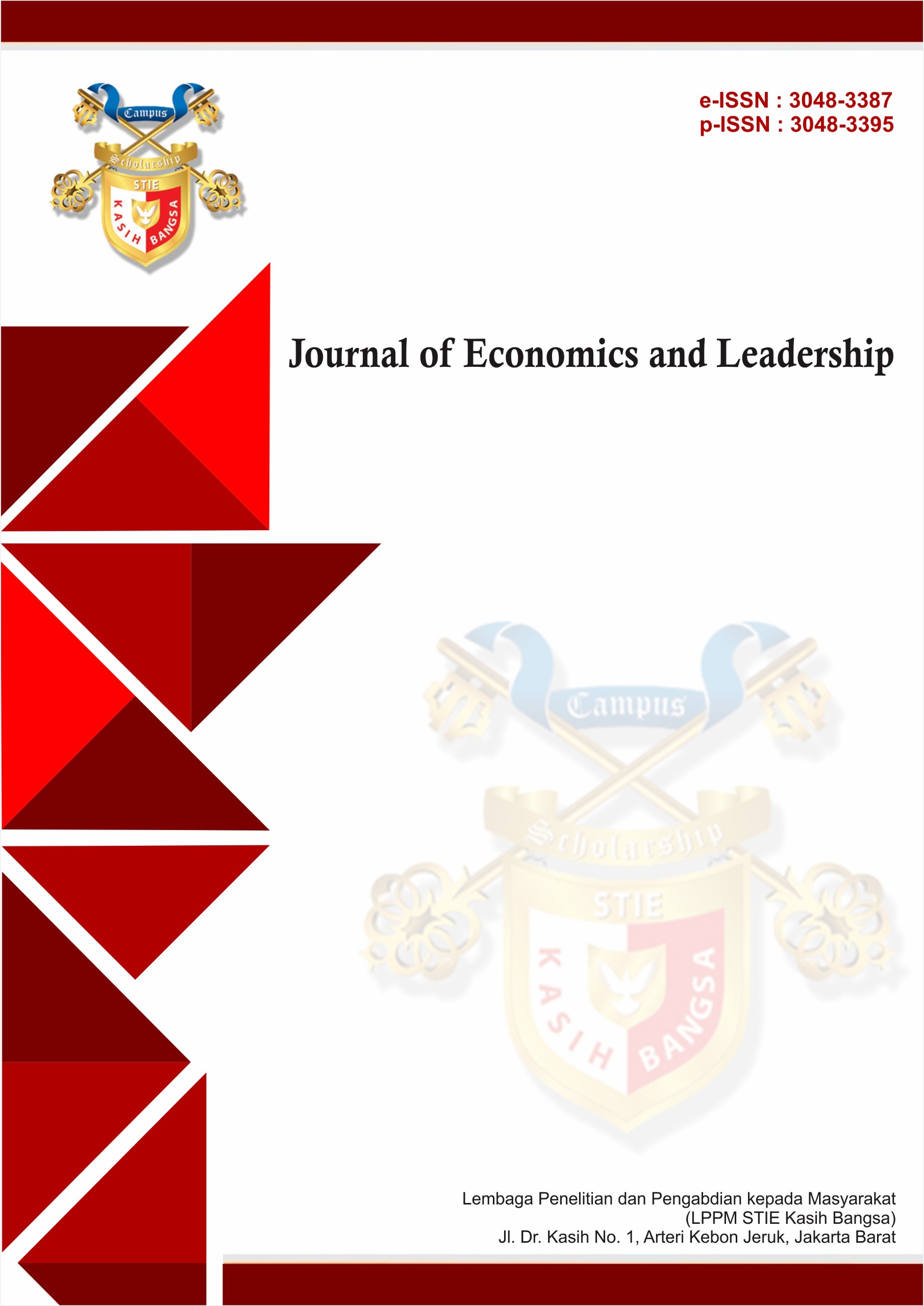Disclosure Strategy and Consumer Perception: The Impact of Managerial Myopia on Firm Value
DOI:
https://doi.org/10.70142/jbl.v1i4.26Keywords:
Disclosure Strategy, Consumer Perception, Managerial Myopia, Firm Value, Voluntary DisclosureAbstract
This study examines the relationship between disclosure strategy and consumer perception and the implications of managerial myopia on firm value. In a context where CEOs tend to focus on short-term results, voluntary consumer-friendly disclosure can increase customer trust and satisfaction, which contributes to firm profitability. Although managerial myopia is often considered detrimental, this study shows that short-term-oriented CEO actions can create long-term value through more transparent disclosure and better interaction with consumers. This literature review also highlights the importance of manager compensation design in determining short-term or long-term orientation, and its impact on disclosure decisions. The results show that effective disclosure can reduce market uncertainty, increase consumer loyalty, and ultimately support the growth of firm value. This study concludes that companies should develop a balanced disclosure strategy to achieve long-term success and maintain positive relationships with consumers.
References
Aghamolla, A., Lins, K. V., & Schmid, T. (2023). Managerial myopia, earnings guidance, and investment . Contemporary Accounting Research, 40(1), 1-28.
Aobdia, D., et al. (2018). Unionization, product market competition, and strategic disclosure . Journal of Accounting Economics, 66(1), 57-77.
Arya, A., & Ramanan, R.N.V. (2023). Managerial myopia, earnings guidance, and investment . Contemporary Accounting Research, 40(1), 1-28.
Arya, A., & Ramanan, R.N.V. (2024). Long-term firm gains from short-term managerial focus: Myopia and voluntary disclosures . Journal of Accounting and Economics, 77(2–3), 101646. https://doi.org/10.1016/j.jacceco.2023.101646
Bagnoli, M., & Watts, S. (2007). Financial reporting and supplemental voluntary disclosures . Journal of Accounting Research, 45(4), 999-1030.
Bazeley, P. (2013). Qualitative Data Analysis: Practical Strategies . SAGE Publications.
Bebchuk, L. A., Cohen, A., & Wang, C. C. (2010). The fragility of the shareholder rights movement . Harvard Law Review, 123(4), 903-933.
Braun, V., & Clarke, V. (2006). Using thematic analysis in psychology . Qualitative Research in Psychology, 3(2), 77-101.
Bushman, R.M., et al. (1993). Accounting income, stock price, and managerial compensation . Journal of Accounting Economics, 16(1), 51-93.
Bushee, B. J. (1998). The influence of institutional investors on myopic R&D investment behavior . The Accounting Review, 73(3), 305-333.
Creswell, J. W. (2014). Research Design: Qualitative, Quantitative, and Mixed Methods Approaches . SAGE Publications.
Darrough, M., & Stoughton, N. M. (1990). Financial disclosure policy in an entry game . Journal of Accounting and Economics, 13(1), 37-57.
Dechow, P.M., et al. (1991). Executive incentives and the horizon problem: An empirical investigation . Journal of Accounting Economics, 14(1), 51-89.
Denzin, N. K. (2017). The Research Act: A Theoretical Introduction to Sociological Methods . Routledge.
Dye, R. A. (2001). An evaluation of “essays on disclosure” and the disclosure literature in accounting . Journal of Accounting and Economics, 32(1), 181-235.
Dye, R.A., et al. (2018). Equilibrium voluntary disclosures, asset pricing, and information transfers . Journal of Accounting and Economics, 65(1), 66-84.
Fink, A. (2013). How to Conduct Surveys: A Step-by-Step Guide . SAGE Publications.
Fischer, P.E., et al. (2004). Disclosure bias . Journal of Accounting Economics, 37(1), 123-138.
Khan, K.S., Kunz, R., Kleijnen, J., & Antes, G. (2016). Five steps to conducting a systematic review . Journal of the Royal Society of Medicine, 99(3), 168-172.
Li, C. (2019). Informational benefits of managerial myopia . Economics Letters, 182, 91-93.
Murphy, K. J. (1999). Executive compensation . In Handbook of Labor Economics (Vol. 3, pp. 2485-2563). Elsevier.
Morse, J. M., Barrett, M., Mayan, M., Olson, K., & Spiers, J. (2002). Verification strategies for establishing reliability and validity in qualitative research . International Journal of Qualitative Methods, 1(2), 13-22.
Verrecchia, R.E. (1983). Discretionary disclosure . Journal of Accounting and Economics, 5(3), 179-194).
Webster, J., & Watson, R. T. (2002). Analyzing the past to prepare for the future: Writing a literature review . MIS Quarterly, 26(2), xiii-xxiii..















